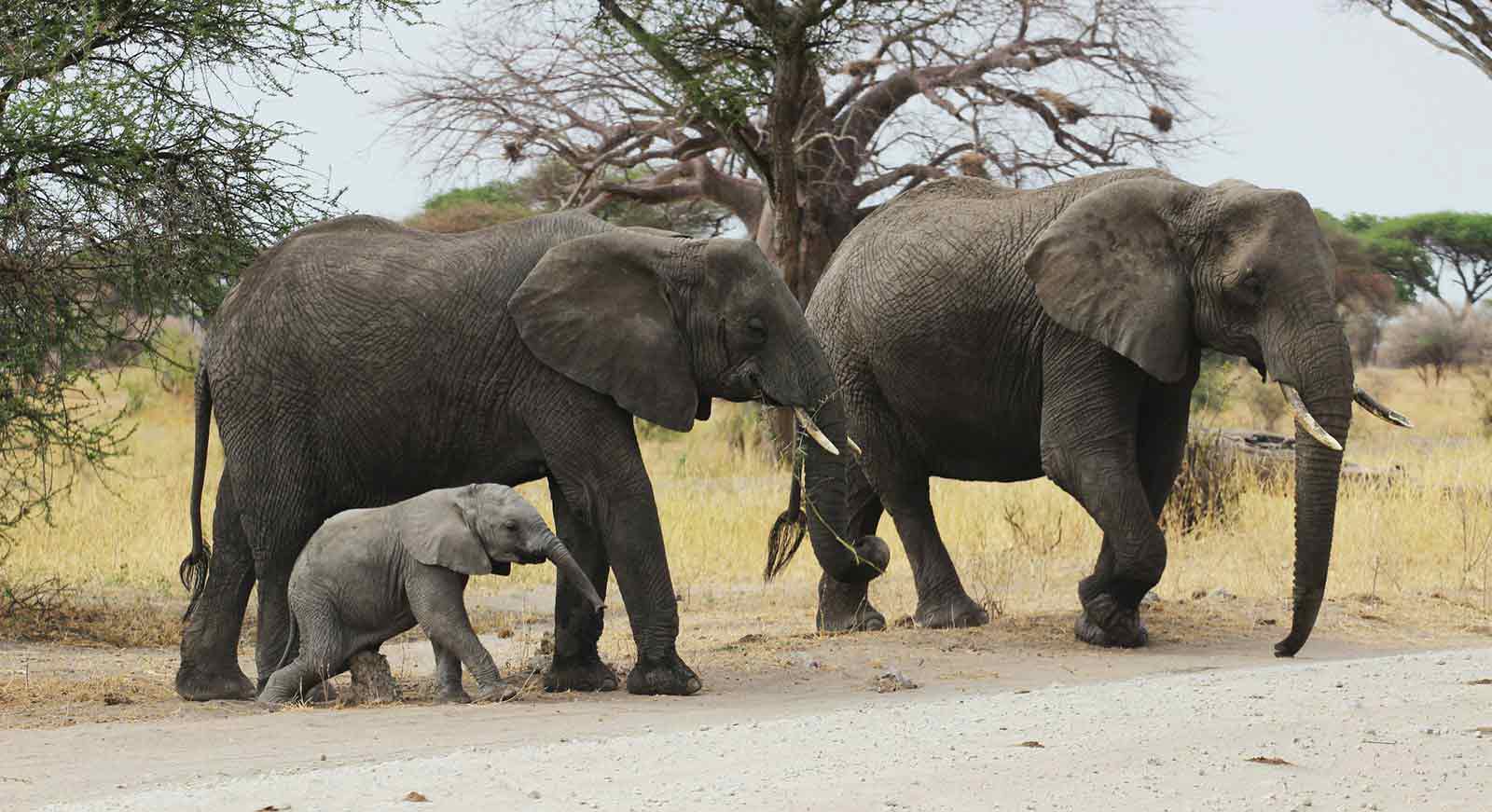Ngorongoro Crater
ABOUT NGORONGORO CRATER
The Ngorongoro Crater, nestled within Tanzania’s Ngorongoro Conservation Area, is a geological marvel and UNESCO World Heritage Site that captivates visitors with its stunning landscapes and rich biodiversity. This natural wonder was formed over two million years ago by the collapse of a massive volcano, resulting in a vast caldera spanning approximately 260 square kilometers. Its rim, towering over 2,200 meters above sea level, offers panoramic views of the crater floor below, which lies some 600 meters down and boasts diverse ecosystems ranging from grasslands to forests and swamps.
What sets the Ngorongoro Crater apart is its unparalleled concentration of wildlife, earning it the title of Africa’s “Eden” or “Garden of Eden.” The crater is home to an estimated 25,000 large animals, including Africa’s Big Five: lions, elephants, buffalo, rhinos, and leopards. Additionally, herds of wildebeest, zebras, and gazelles roam the plains, while hippos and crocodiles inhabit the marshes and lakeshores. Bird enthusiasts are also treated to a spectacle with over 500 bird species soaring through the skies or nesting amidst the crater’s diverse habitats.
Managed by the Ngorongoro Conservation Area Authority (NCAA), the crater and its surrounding area are not only a haven for wildlife but also a sanctuary for the Maasai people, who have coexisted with wildlife for centuries. Their traditional pastoralist lifestyle harmonizes with conservation efforts, making the Ngorongoro Conservation Area a unique blend of cultural heritage and natural wonders. Visitors to the crater can immerse themselves in Maasai culture, learning about their customs, crafts, and traditional practices.
Tourism plays a significant role in the conservation and management of the Ngorongoro Crater, providing vital revenue for conservation efforts and supporting local communities. Safari tours, guided walks, and cultural experiences offer visitors opportunities to explore the crater’s landscapes and wildlife while contributing to its preservation. However, sustainable tourism practices are crucial to minimize the impact on the fragile ecosystem and ensure the long-term viability of this extraordinary destination.
Despite its protected status, the Ngorongoro Conservation Area faces challenges such as habitat degradation, poaching, and human-wildlife conflicts. Conservation initiatives, community involvement, and collaboration with stakeholders are essential for addressing these threats and safeguarding the area’s biodiversity. By embracing sustainable management practices and fostering a harmonious relationship between nature and people, the Ngorongoro Crater continues to enchant and inspire all who venture into its timeless wilderness.
OTHER RELATED DESTINATION

SERENGETI NATIONAL PARK

TARANGIRE NATIONAL PARK










